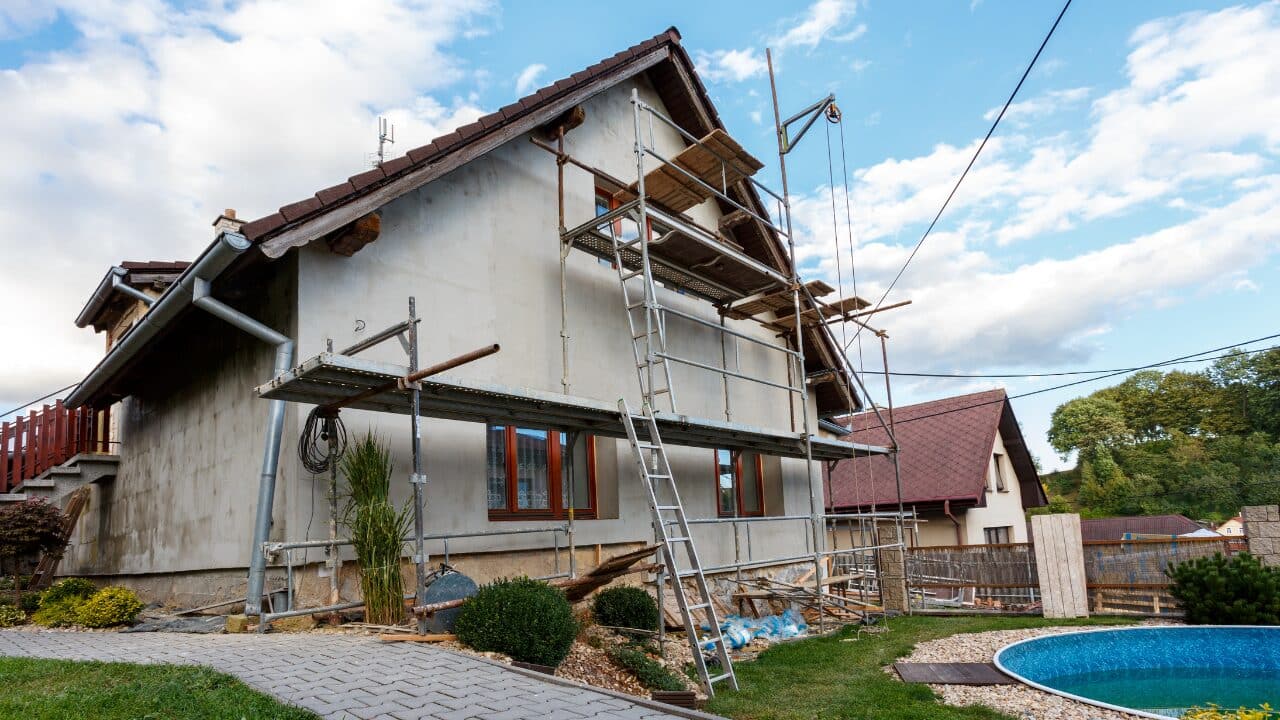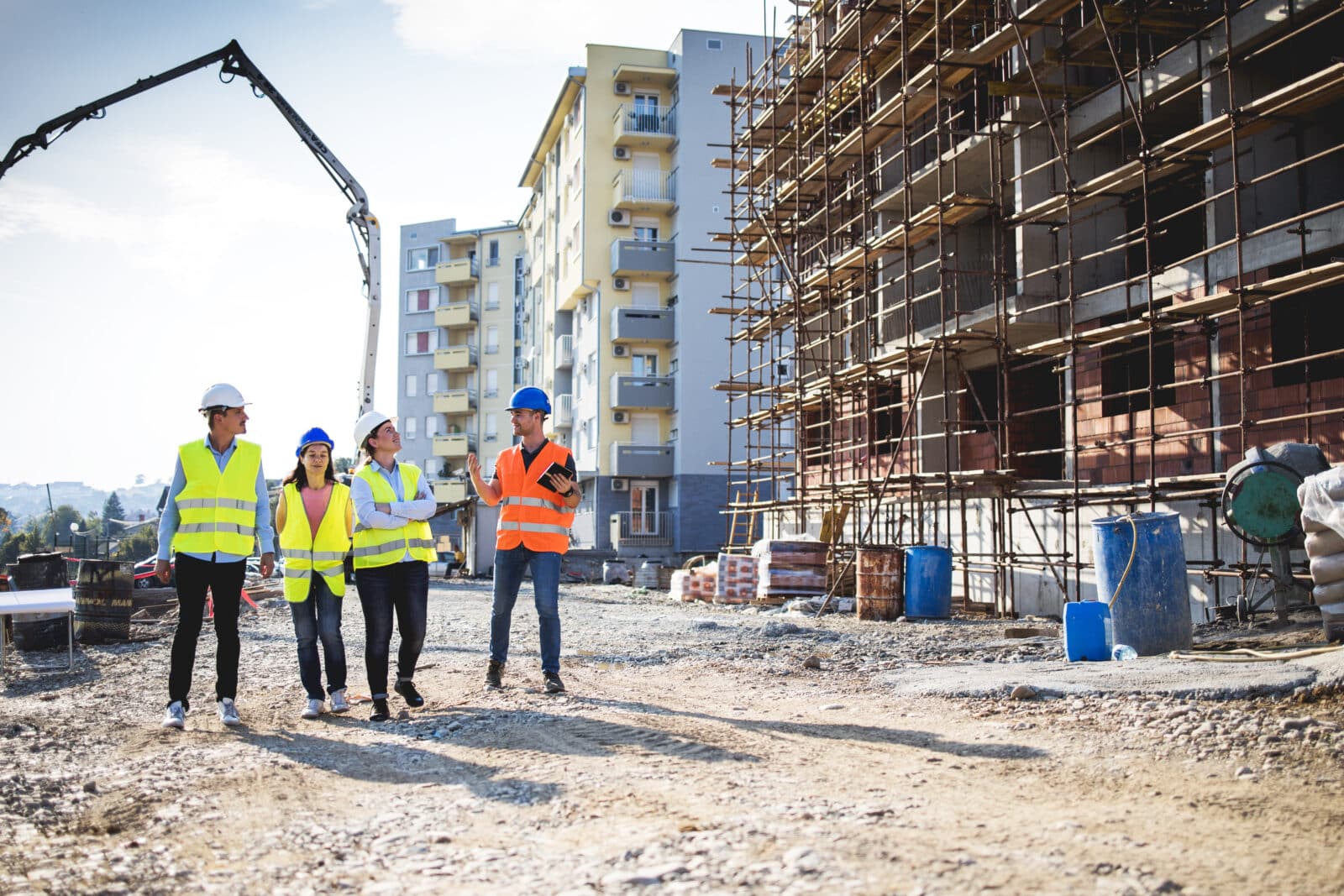In construction and infrastructure development, sustainability has risen to the forefront as a critical consideration. With the escalating impact of global phenomena like climate change, the imperative for structures resilient enough to endure environmental stresses has become glaringly apparent.
Within this context, sustainable solutions to solve the issue of waterproofing with expertise for various needs stand out as a crucial element in enhancing the longevity and durability of buildings.
Table of Contents
Understanding Sustainable Waterproofing
Sustainable waterproofing goes beyond merely preventing water ingress. It encompasses practices and materials prioritising environmental friendliness, minimizing their impact on the ecosystem while ensuring durable defence against water damage.
Traditional waterproofing methods often involve using harmful chemicals or materials with a high carbon footprint. Sustainable waterproofing, on the other hand, prioritizes eco-friendly alternatives that promote environmental stewardship.
Enhancing Building Resilience
Ecological waterproofing offers environmental benefits and is pivotal in fortifying buildings against water-induced damage.
Water infiltration poses a substantial risk to the structural integrity of buildings, potentially resulting in the growth of mould, deterioration of materials, and compromised stability. Builders can effectively mitigate these risks by adopting eco-friendly waterproofing solutions, safeguarding their structures against long-term vulnerabilities.
By creating a robust barrier against moisture intrusion, this waterproofing contributes significantly to the durability and longevity of buildings, ensuring their resilience in the face of water-related challenges.
Longevity and Durability
Another critical aspect of this ecological waterproofing is its ability to extend the lifespan of buildings. By effectively sealing out moisture and preventing water damage, this helps to preserve the structure of buildings over time.
This reduces maintenance costs and minimizes the need for premature repairs and renovations, thereby conserving resources and reducing waste.
Energy Efficiency
Effective waterproofing also contributes to energy efficiency in buildings. By preventing moisture ingress, sustainable waterproofing helps maintain optimal indoor conditions, reducing the need for excessive heating or cooling.
This lowers energy consumption and decreases greenhouse gas emissions associated with building operations. Sustainable waterproofing aligns with broader efforts to create energy-efficient and environmentally responsible structures.
Adapting to Climate Change
In a time characterized by erratic weather patterns and escalating sea levels, the significance of construction practices resilient to climate fluctuations cannot be emphasized enough.
Waterproofing equips buildings with the necessary defences to withstand extreme weather events and environmental pressures. By fortifying structures against water intrusion, sustainable waterproofing contributes to overall climate adaptation efforts and enhances community resilience.
Innovations in Sustainable Waterproofing
Advancements in technology have led to the development of innovative, sustainable waterproofing solutions. Researchers and manufacturers continuously pursue innovation, exploring many approaches to enhance waterproofing materials’ effectiveness and sustainability.
These endeavours range from developing self-healing concrete capable of autonomously repairing cracks to formulating nanotechnology-based coatings engineered to bolster water repellency. This relentless quest for improvement underscores the industry’s commitment towards advancing waterproofing solutions that perform optimally and minimize environmental impact.
These innovations not only bolster the resilience of structures but also pave the way for more eco-friendly construction practices.
Conclusion
As the imperative for sustainability continues to gain momentum, the role of sustainable waterproofing expertise for various needs in building resilient structures becomes increasingly significant. By embracing eco-friendly materials and innovative technologies, builders can enhance their projects’ durability, longevity, and environmental performance.
By fostering collaboration and embracing eco-friendly approaches, the construction sector can lead towards an eco-friendly tomorrow characterized by durable buildings that showcase human creativity and ecological care.





